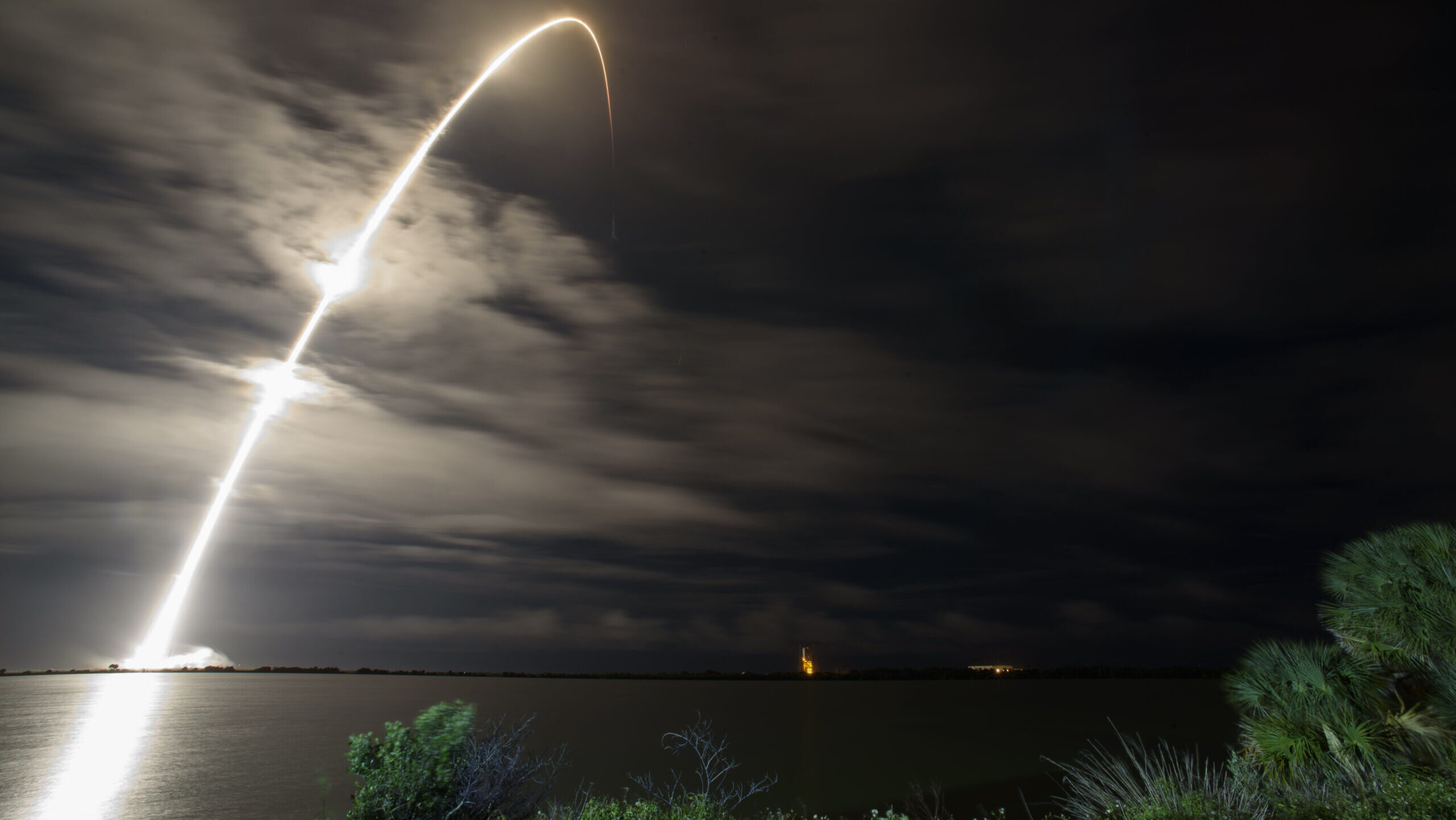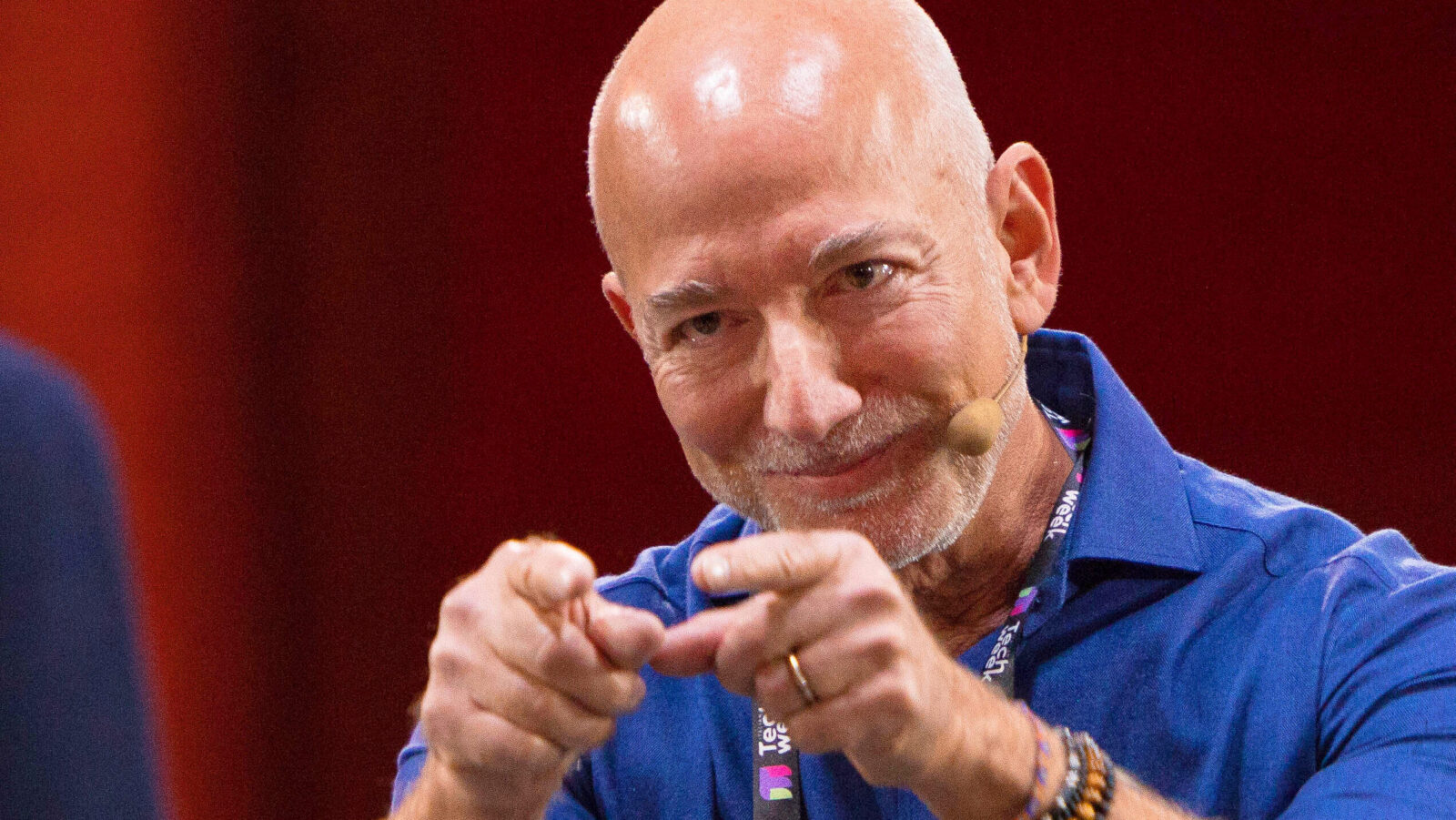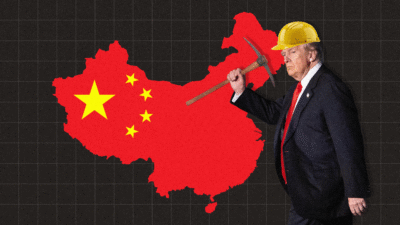Verizon Hooks Up With AST SpaceMobile For Space-Based Cell Coverage
Verizon and AST first announced a partnership last year, with the telco agreeing to invest $100 million in the satellite operator.

Sign up for smart news, insights, and analysis on the biggest financial stories of the day.
Goodbye, extremely fake-looking cell tower “trees.” And hello, satellites.
Cellular’s going interstellar, with Verizon and AST SpaceMobile signing a deal to build out a space-based network next year. The move could create competition for Starlink, a division of Elon Musk’s SpaceX.
The tie-up will extend Verizon’s network to hard-to-reach parts of the US, as AST’s satellites are tapped for connectivity boosts as needed. More than 500,000 miles of the US are unreachable by traditional cell towers because of issues with terrain and land-use restrictions, T-Mobile said last year.
AST’s shares climbed following the announcement, adding to their roughly 275% annual gain.
Telecom’s Space Race
Verizon and AST initially announced a partnership last year, with the telco agreeing to invest $100 million in the satellite operator. AT&T also has a deal with AST to provide cell service from space to its customers through 2030 and previously teamed up with Google and Vodafone to pour $110 million into AST’s satellites.
That means two of the US’s largest telecom companies have picked AST as their favorite to win the sector’s space race. But while AST still needs to build and launch satellites to extend its coverage, rival Starlink has a huge off-planet presence:
- Starlink, which is partnered with T-Mobile and has about 650 satellites in orbit already, reached a deal last month that could greatly expand its coverage. Starlink said it’ll buy $17 billion in wireless spectrum licenses from Echostar, allowing its satellites to reach more than 400 US markets.
- AST, meanwhile, sent its first five commercial satellites into space about a year ago, ironically aboard a SpaceX rocket. It requires 45 to 60 satellites in orbit to provide consistent US coverage, a network it plans to have operational by the end of next year. But previous launches have been plagued with delays. The latest: Its second-gen prototype’s launch has been pushed back from August to at least December.
North Star: Musk said Starlink will stay exclusive to T-Mobile for about a year before opening up its tech to telecom competitors. When Starlink and its relatively huge network of satellites becomes widely available, AST will face pressure to turn massive investments into operational satellites and, ultimately, revenue. Other competitors could feel the heat from Starlink’s lift-off, too, like Globalstar, which Apple set aside $1.5 billion last year to boost.











